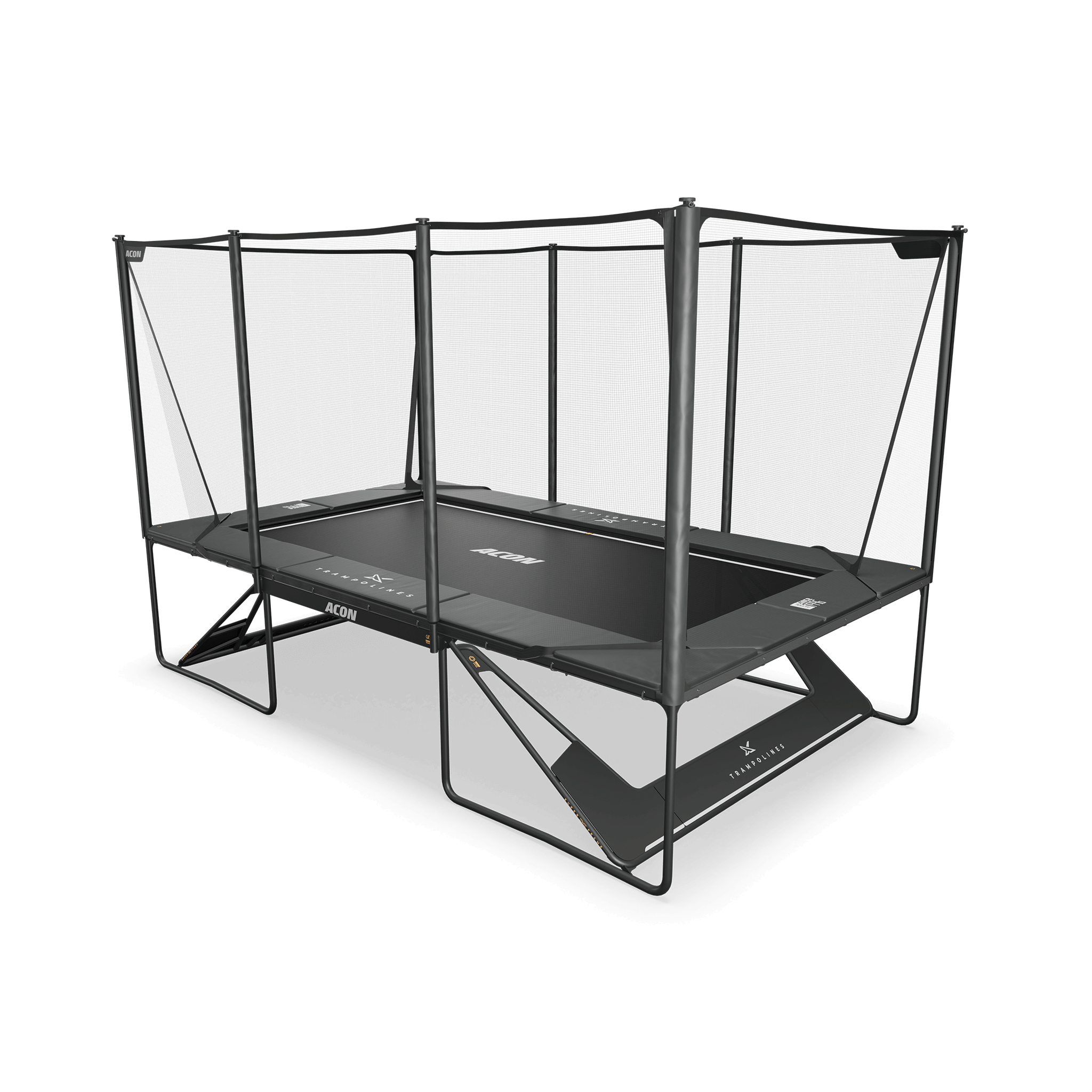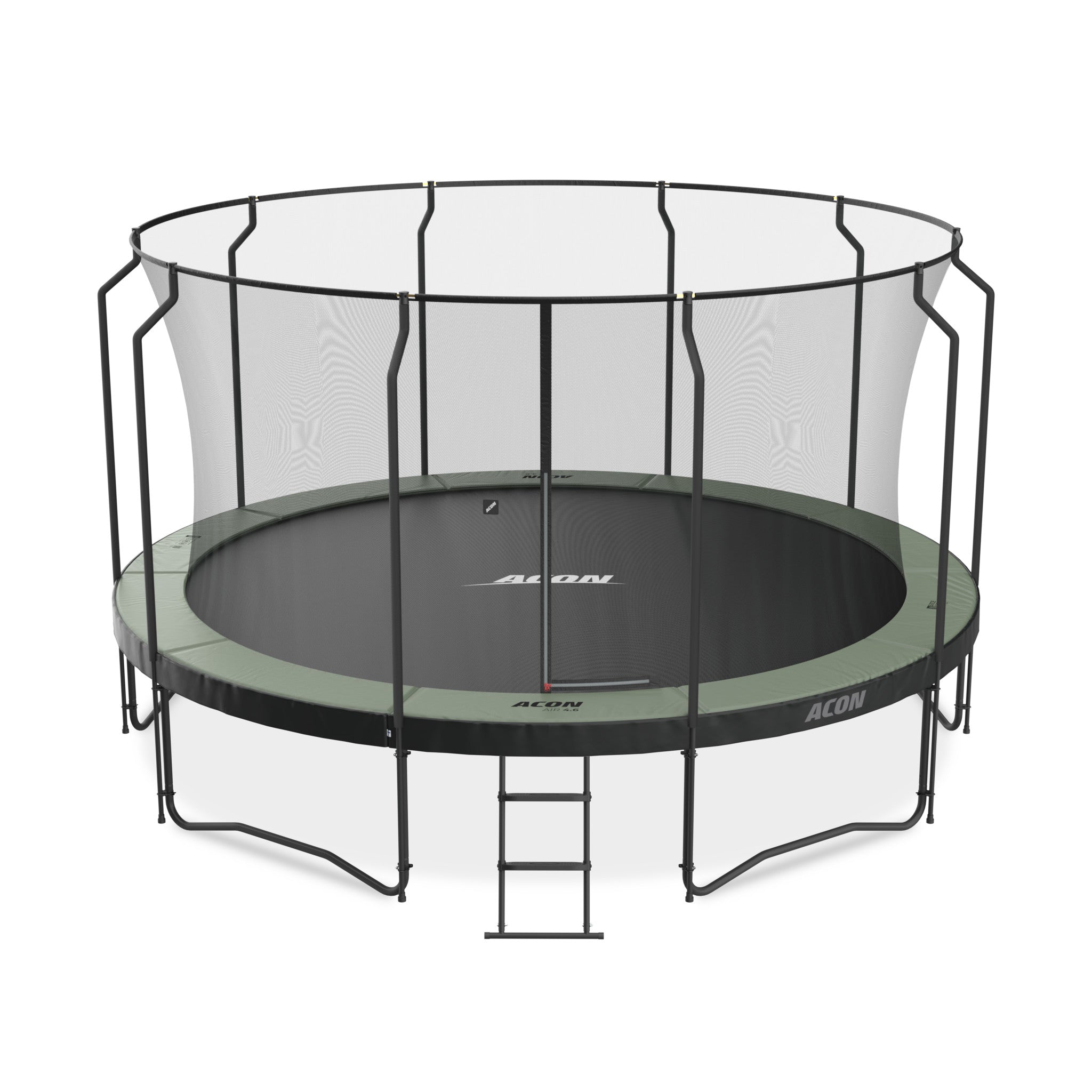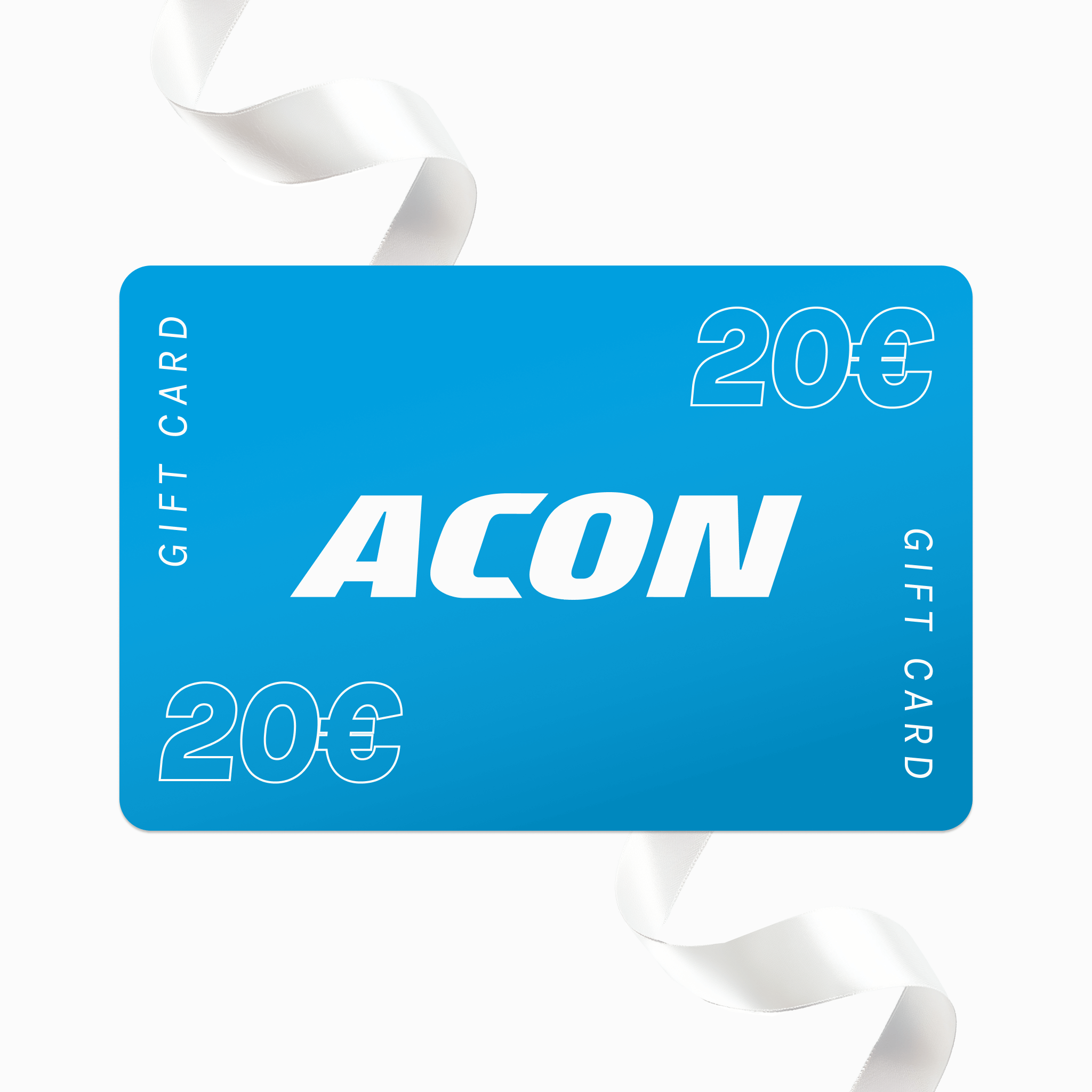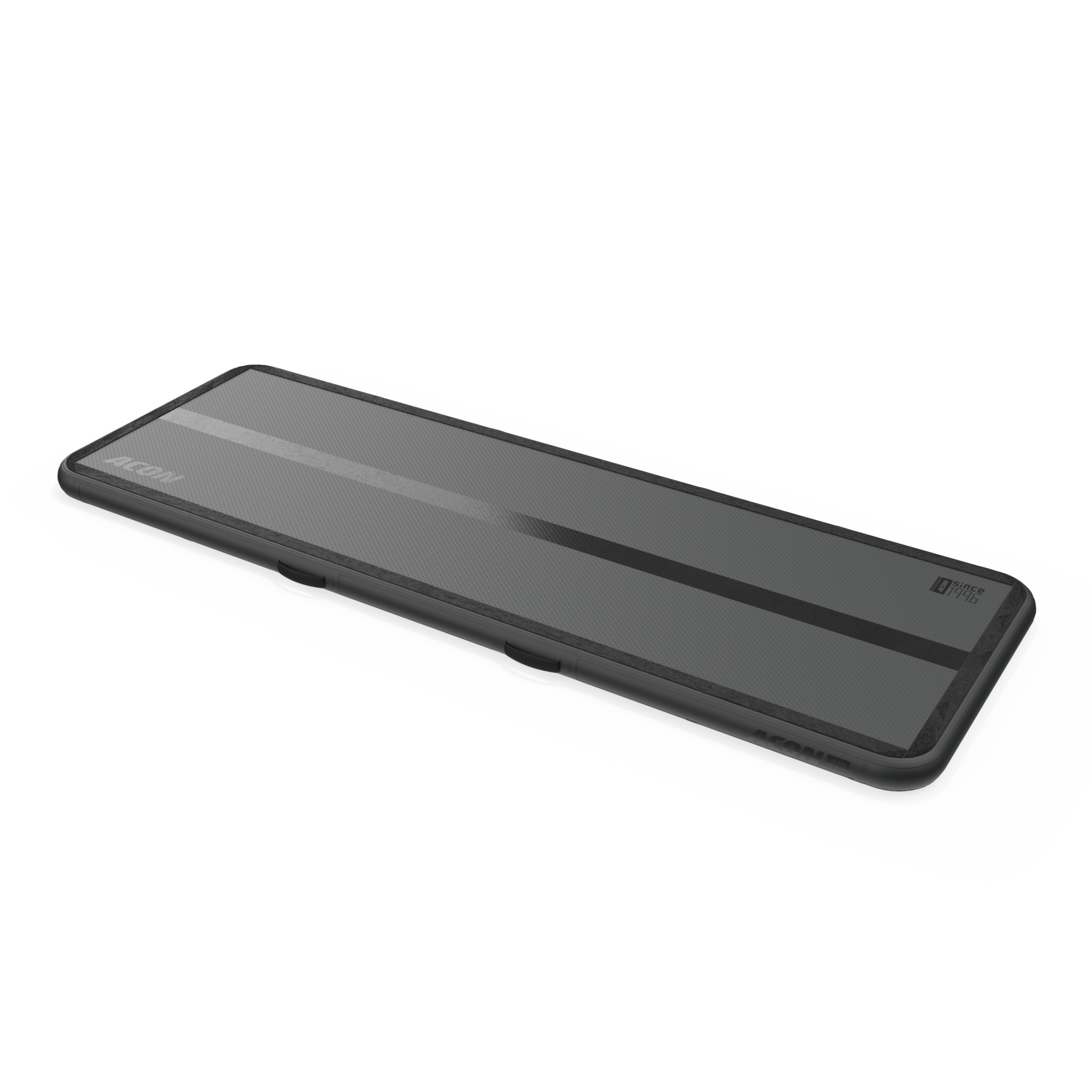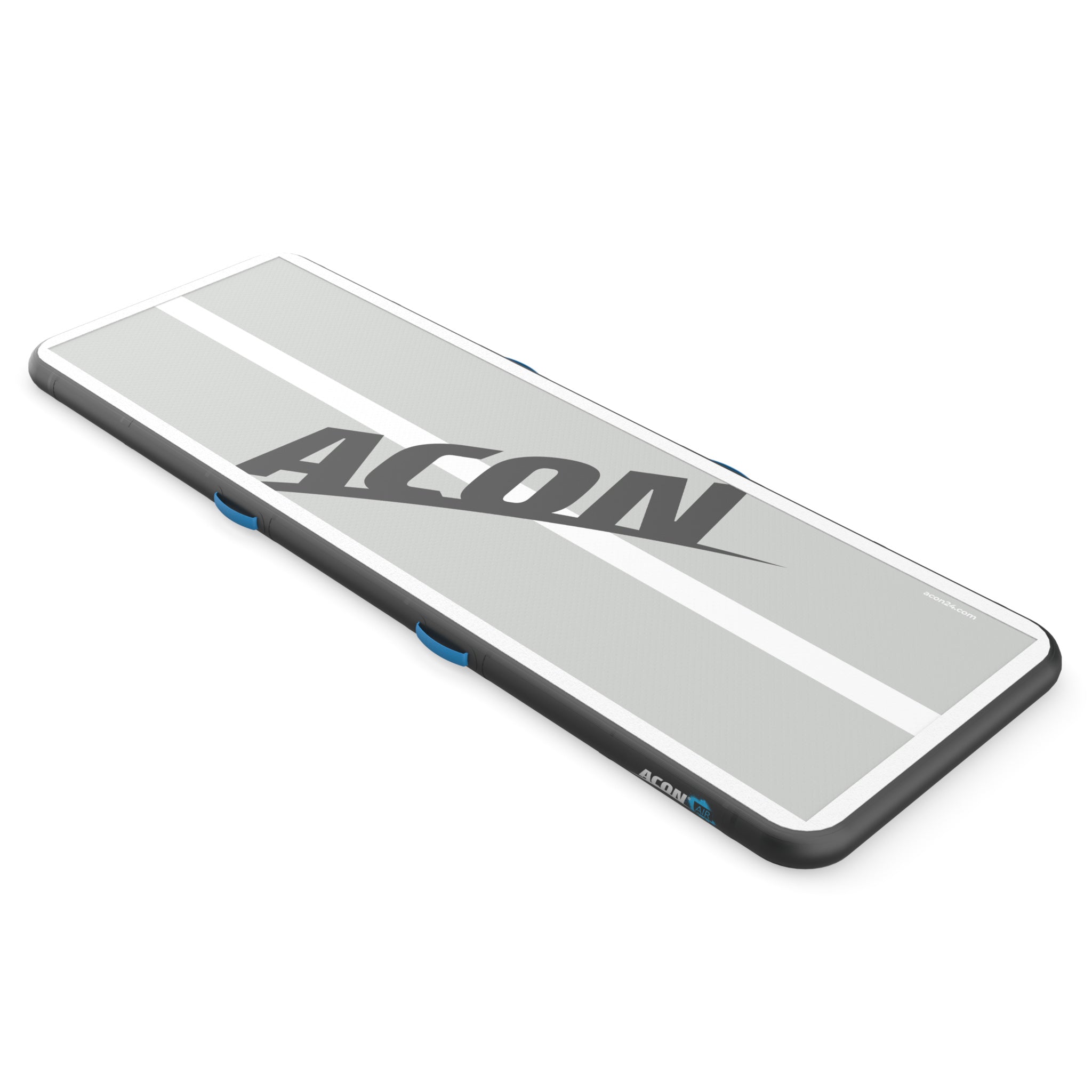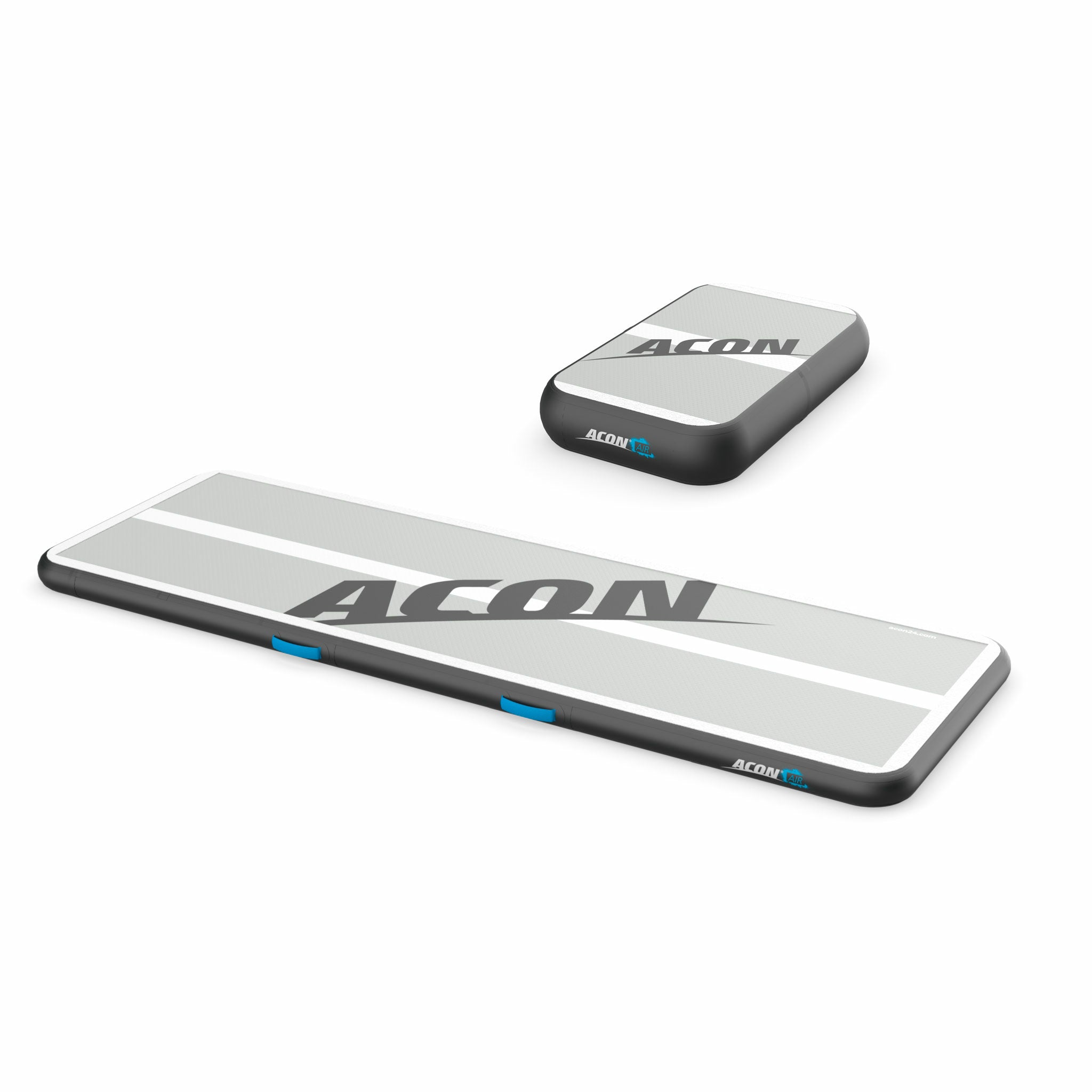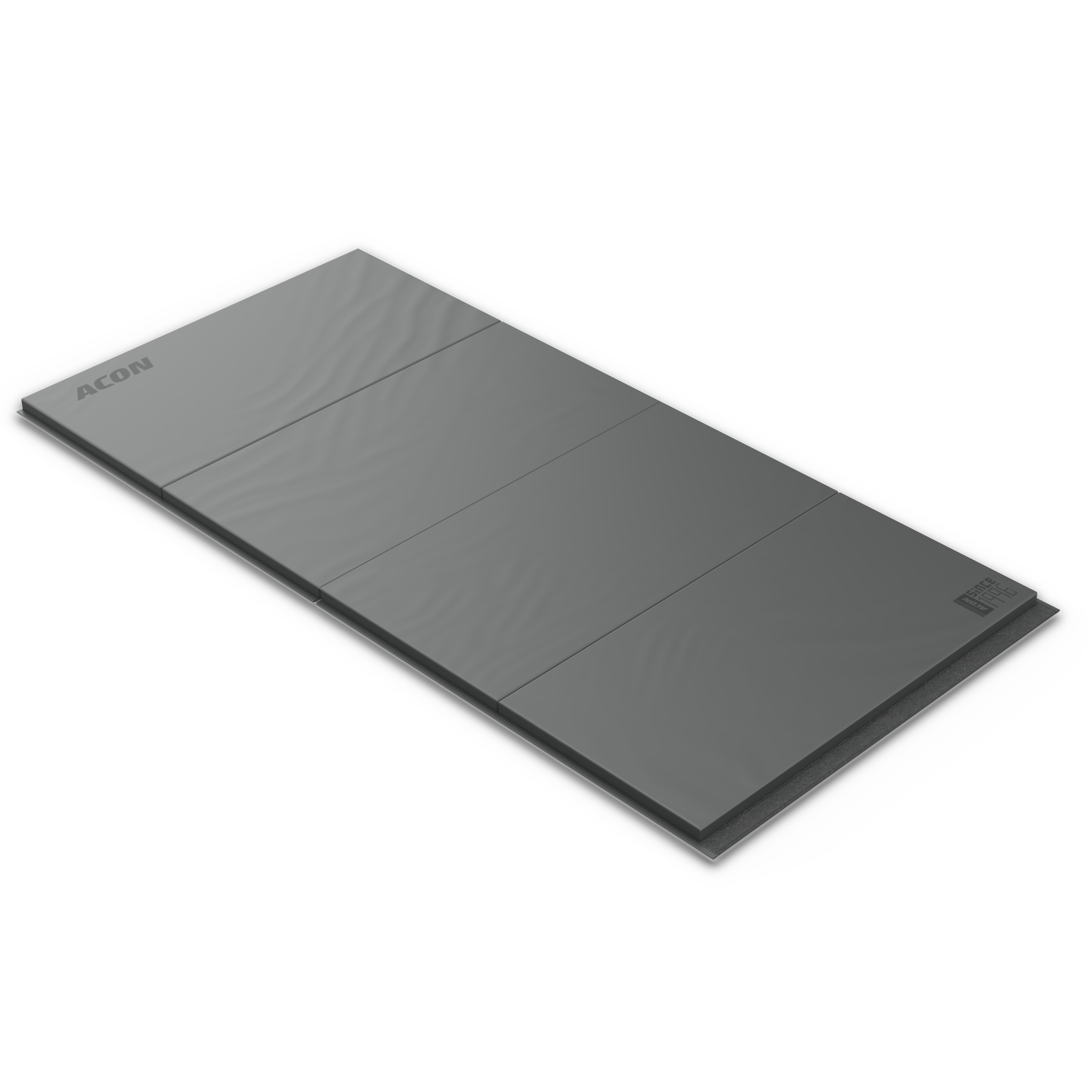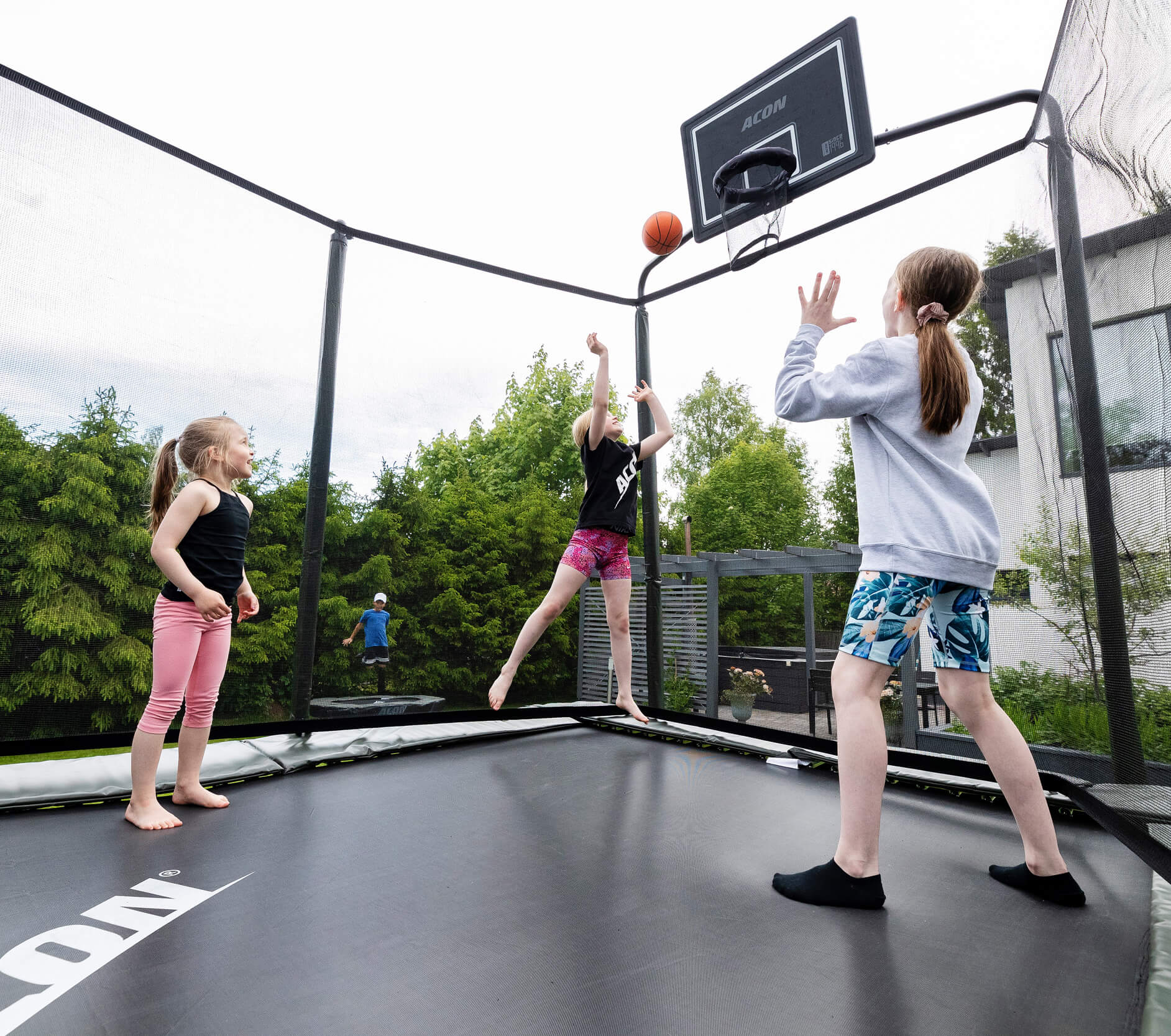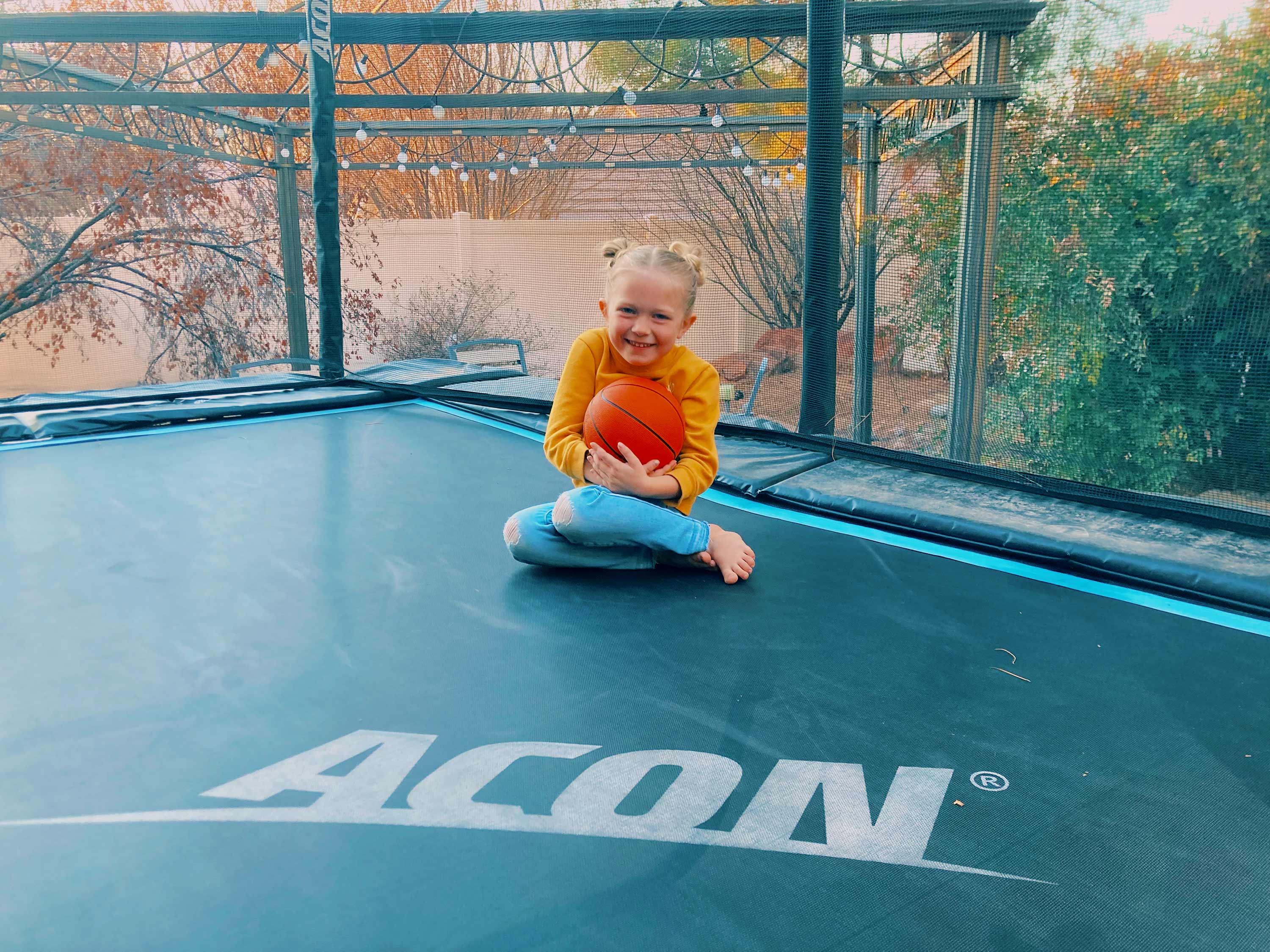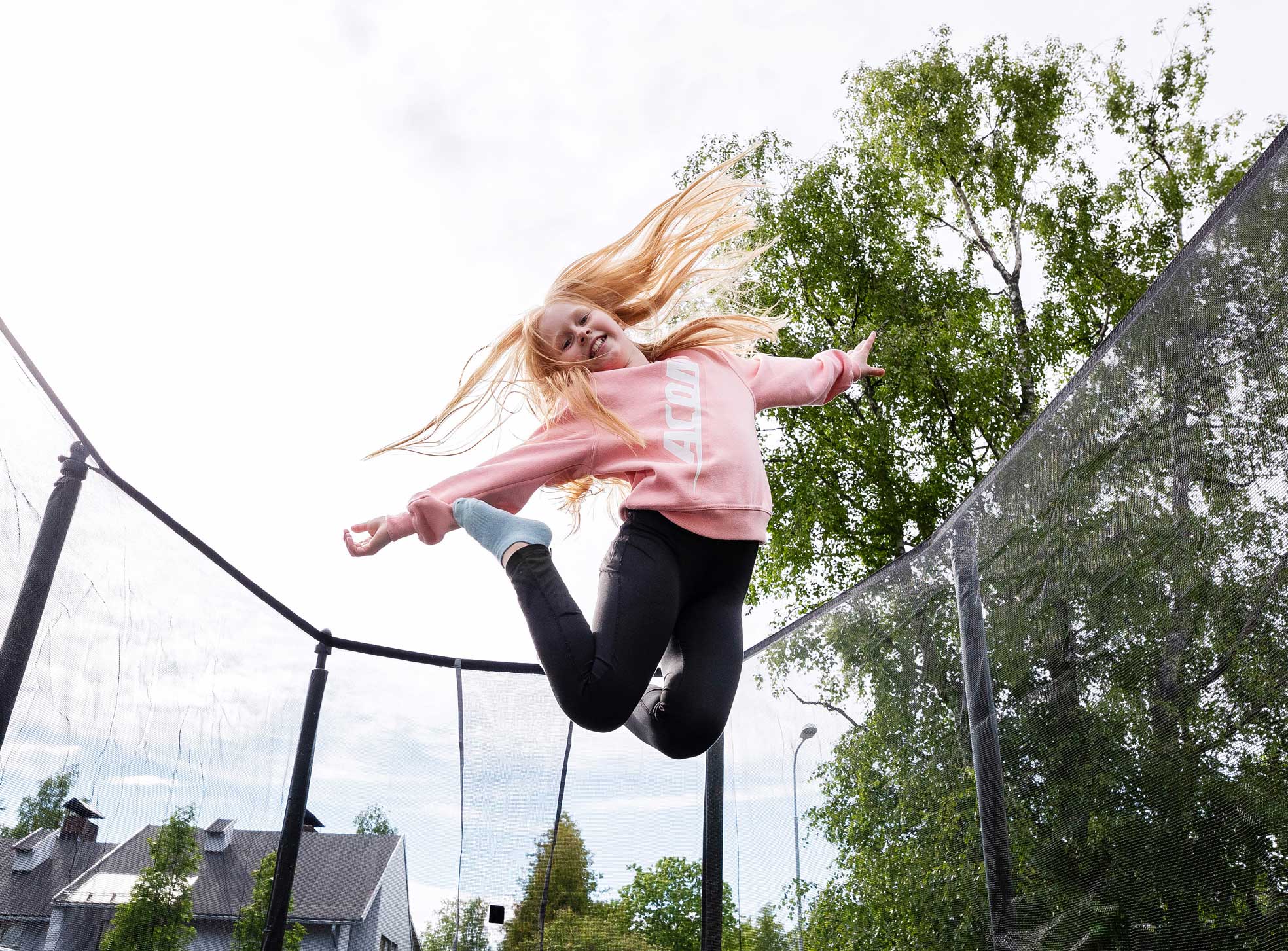Customer care exceptionally closed during Easter Friday Apr 18th and Monday 21st.
Whether you’re practicing at home, in a gym, in the garden or even in a public park, it’s a good idea to include gymnastics mat for added security and fun. In order to choose the correct mat for your needs, you should consider how thick and bouncy you want the gymnastics mat to be as well as the size of the mat.
What are gymnastics mats?
A gymnastics mat, also known as a tumbling mat, is designed to be durable, hard-wearing, tear or puncture-resistant, and easy to keep clean and sanitized. They are put on the floor on which you can carry out a variety of gymnastic exercises, martial arts and other high impact sports. They are designed to absorb impact and cushion your landing, thereby protecting your joints from concussion or damage.
Some have rubber feet on the bottom to secure them on hard surfaces, such as wood floors. Others can be folded for portability, like ACON’s gym mat for gymnastics. They vary in thickness and depending on what type of exercising you will be doing, some come with a range of accessories, such as a training beam which attaches to the mat with Velcro and is a great way of developing your balance.
ACON’s airtracks are air-filled, adding extra cushioning when landing and making them ideal for jumps and leaps. The anti-slip surface on ACON’s Airtracks helps you with staying steady while performing tricks on the mat. Furthermore, a center line helps you line up flips and jumps while carrying handles on the sides make them easy to move around. The Velcro on them allows several to be stacked on top of each other and is ideal as a landing pad from a pommel horse or a balancing beam.

Which mat to choose for home use?
A wide range of mats is available, but not all are suitable for gymnastics or other high-impact sports, such as kickboxing. Air-filled or inflatable mats are often the better option if you need extra bounce for the jumps and more support on landing. However, both mats can be used for various activities such as gymnastics, yoga, parkour, cheerleading or for children’s activity courses.
Select a gymnastics mat that is durable and waterproof, especially if it is to be used outside, and reinforced stitching to avoid rips or damage to the mat. What is more, you can transform the ACON Airtrack to a massive paddle board! Air-filled mats are also softer on your body and lessen the impact on your joints, particularly the knees and ankles. While they are of the quality of mats used by professionals, they are also ideal for kids or adults wanting to practice at home.
Where traditional gymnastics mat has an advantage is that it they are suitable for those who travel often and need to take the mat with them several times in a week. Since ACON’s gymnastics mat can be folded, it fits to small places and is also easy to put in the car’s trunk when heading to the gym class, acrobatics or whatever it may be.
For airtracks, there are a variety of sizes available, so make sure you get the right size for the type of activity they will be used for. You might want to combine different sizes with adding variety to your gymnastics routine, and ensure they are long enough if you are going to practice rolls, tumbling, jumps or all these moves. ACON’s airtrack tumbling mats are available in a range of sizes and thicknesses. Consider adding airblocks, airrolls and airspots for more precise or complex movements.
 Choose airtrack, if you: |
 Choose gym mat, if you: |
|---|---|
| Want a soft landing pad for jumps, leaps and tricks | Want to practice safely on a gymnastics beam |
| Practice complex gymnastics combos including jumps and tricks requiring extra bounce | Have to carry the mat often with you |
| Want the bounce similar to what professionals are used to | Prefer the feeling of a slightly harder, traditional gymnastics mat |
| Want a mat that can also be used in water | Mainly practice on a relatively small surface |
Types of exercises at home
Always make sure you’ve got plenty of space for your gymnastics mat as well as a clear room around you; a playroom or a basement room is ideal, but no low ceilings. The last thing you want to do is bang your head when trying a jump! Below are the basic movements you can do:
- Walks – forward, sideways and backwards.
- Walks in relevé – keeping your body still while concentrating on keeping your legs straight.
- Log rolls.
- Split leaps.
- Crabwalk – forwards and sideways.
- Forward and backward rolls.
- Cartwheels and one-armed cartwheels.
- Handstands
- Bridges.
Have you always wanted to learn a handstand or perhaps conquer your fears and do the first somersault in decades? Practicing new skills and moves is what keeps us young. See our blog post on gymnastics equipment for kids (and adults) for more tips and information.
Get out of your comfort zone and try something new - you're never too old or young for adventures on the ground!
